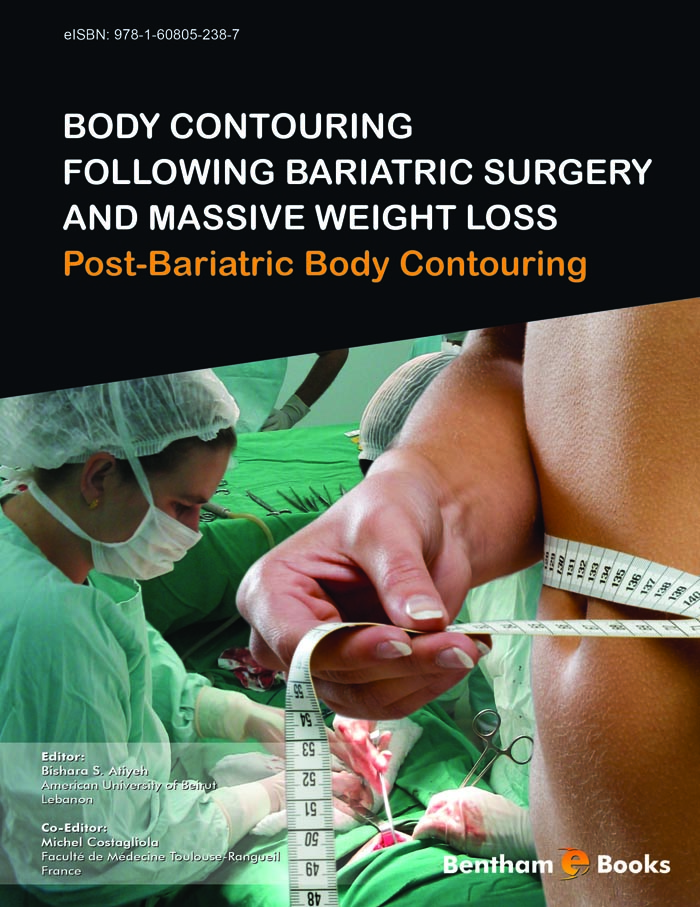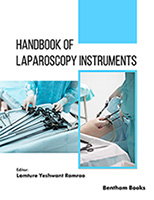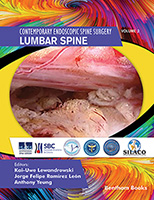Introduction
Body contouring is a rapidly growing field within plastic surgery. Safe and effective techniques have been developed in recent times with increased patient satisfaction indicated by visual analogue scores.
This book brings together contributions from leading experts in bariatric surgery from all across the globe. The body contouring techniques and procedures described in the book have been developed specifically to treat massive weight loss patients in contrast to traditional methods that are normally unsuitable for such patients. These procedures focus on maximizing the removal of excess and unwanted skin whilst preserving volume and restoring contour. The key issue of patient safety is also addressed in the book.
Body Contouring Following Bariatric Surgery and Massive Weight Loss should be a useful resource for surgeons and clinicians interested in massive weight loss surgery and satisfactory visual analogue scores.





